How do costs compare between simultaneous cochlear implantation (SimCI) and sequential cochlear implantation (SeqCI) in adults if all bilaterally deaf patients undergo SeqCI vs. a theoretical model where SimCI is […]

Clinical Grading System for Reinke’s Edema
High inter- and intra-rater reliability strongly suggest that RE similarly can be graded by different raters
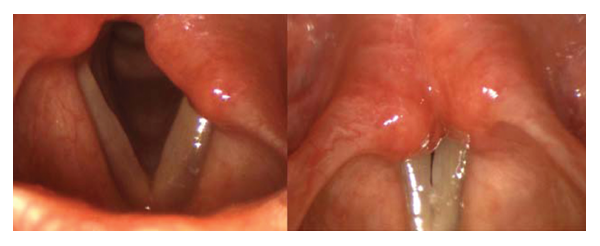
Strobolaryngoscopy Is a Common Diagnostic for Vocal Fold Paresis, but Clinical Signs Vary
Clinical findings varied among raters, especially when determining sidedness and nerve involvement
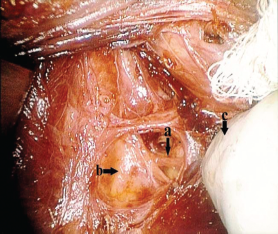
Intraoperative Nerve Monitoring Is Highly Effective in Nonrecurrent Laryngeal Nerve Identification
The NRLN has been associated with an increased risk of injury during thyroid and parathyroid surgery.
Significant Number of Patients with Papillary Thyroid Carcinoma Will Have Macroscopic Nodal Disease
Results suggest that a significant proportion of patients will have nodal disease in the central compartment on IP
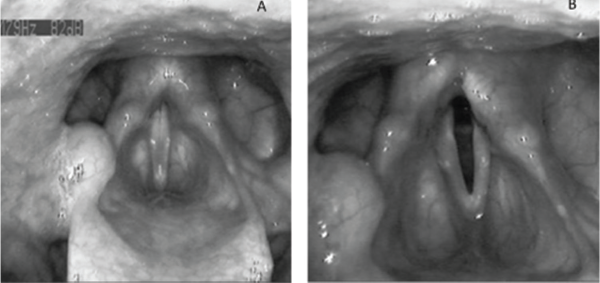
Neurostimulation with Laryngeal Pacemaker Does Not Affect Vocal Quality
Layrngeal pacemaker system neurostimulation results in an immediate and stable peak expiratory flow improvement
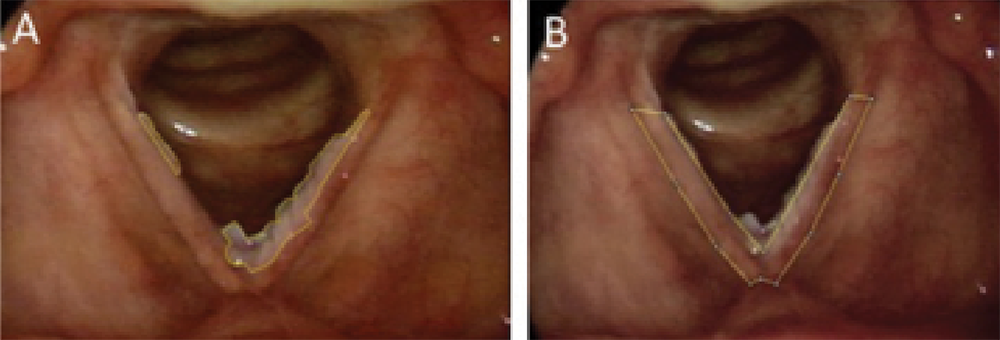
In-Office KTP or PDL Treatment of VF Leukoplakia Effective for Disease Control
Either treatment is effective for disease control with minimal morbidity and preservation of voice quality
Smoking History and ANCA Testing Correlate with Nonmechanical LTS
Which tests, if any, lead clinicians to the etiology of laryngotracheal stenosis (LTS) in serologic testing?
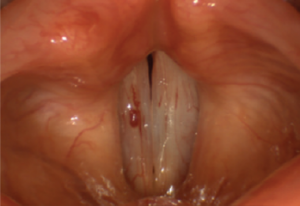
Vocal Fold Hemorrhage Has Little Impact on Vocal Function and Health
Vocal fold hemorrhage appears to have no significant longterm impact on vocational stability, subjective voice quality, or vocal function perceptions
Endoscopic Management More Cost Effective than Tracheostomy for BVFP
Advances in endoscopic laryngeal surgery have enabled practitioners to avoid tracheostomy and its attendant morbidity.
- « Previous Page
- 1
- …
- 8
- 9
- 10
- 11
- 12
- …
- 22
- Next Page »